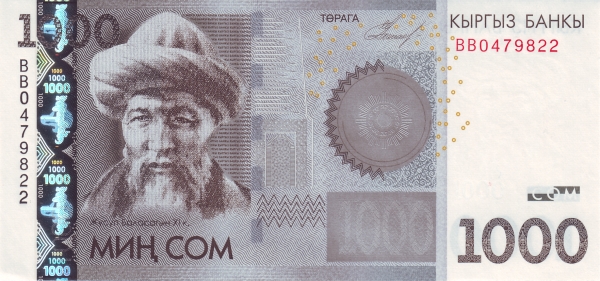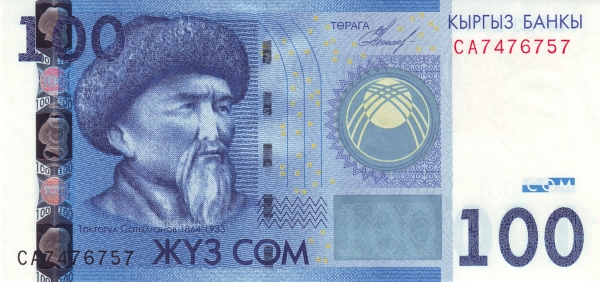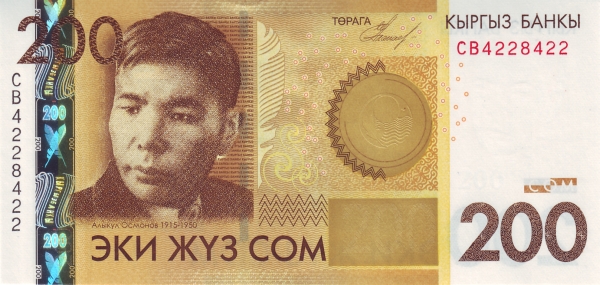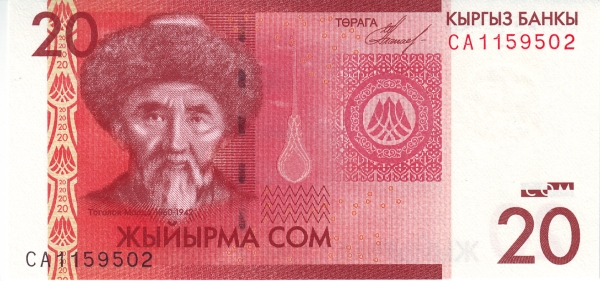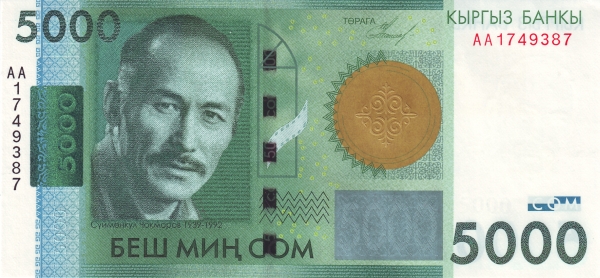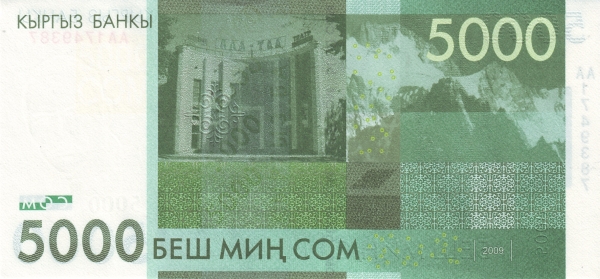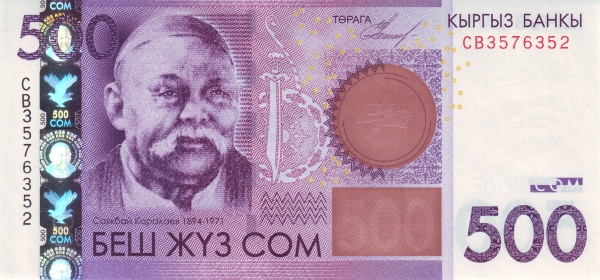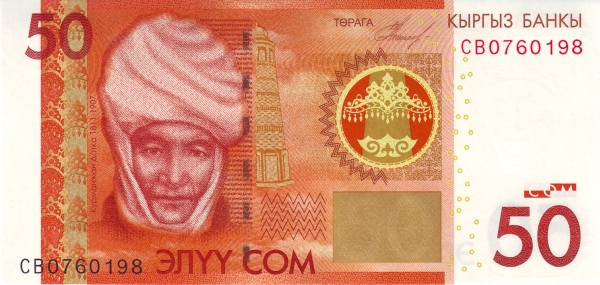Kyrgyzstan: A Land of Rich Heritage and Natural Beauty
Nestled in Central Asia, Kyrgyzstan is a remarkable country that boasts stunning landscapes and a vibrant culture. Its majestic mountains, including the breathtaking Tien Shan range, dominate the terrain, providing a dramatic backdrop for its rich nomadic traditions. As a nation that gained independence from the Soviet Union in 1991, Kyrgyzstan has faced various challenges while striving towards political and economic progress.
A Glimpse into Kyrgyzstan's History
Historically, Kyrgyzstan became part of the Russian Empire in 1864. This annexation profoundly impacted its social and economic structures. Since the collapse of the Soviet regime, Kyrgyzstan's endeavors to establish a democratic framework have shaped its political landscape, despite current concerns regarding the privatization of state-owned enterprises and inter-ethnic relations.
Geographical Overview
One cannot discuss Kyrgyzstan without mentioning its geographical significance. The country is landlocked and bordered by pivotal nations such as China, Kazakhstan, Tajikistan, and Uzbekistan. With an area of approximately 200,000 km², it features a predominantly mountainous terrain. Notably, the Tien Shan range covers around 95% of the country's land, creating a picturesque environment that captivates both locals and visitors alike.
The climatic conditions in Kyrgyzstan vary greatly, ranging from dry continental to polar climates in the high Tien Shan mountains, while parts of the southwest, particularly the Fergana Valley, experience subtropical weather. Consequently, this diverse climate fosters a rich ecosystem with numerous flora and fauna.
Demographics and Culture
With a growing population of around 5.5 million, Kyrgyzstan is home to a mosaic of ethnic groups. The Kyrgyz people form the majority, making up 52.4% of the population, while other significant groups include Russians, Uzbeks, Ukrainians, and Germans. This diversity influences the cultural dynamics within the country, contributing to a unique blend of traditions, languages, and religions.
Islam plays a significant role in the life of Kyrgyzstani citizens, with approximately 75% of the population identifying with the faith. Additionally, the Russian Orthodox community and various other religious groups coexist, showcasing Kyrgyzstan's cultural inclusiveness. The primary language is Kyrgyz, while Russian holds the status of a de facto second language, facilitating communication across diverse communities.
Economy and Natural Resources
The economy of Kyrgyzstan is multifaceted, driven largely by its natural resources. The country possesses abundant hydropower potential alongside significant deposits of gold and rare earth metals. Furthermore, Kyrgyzstan also exploits locally available coal, oil, and natural gas, which play a vital role in its economic framework.
Agriculture also forms the backbone of the Kyrgyz economy, with products such as tobacco, cotton, potatoes, and various fruits and vegetables being cultivated extensively. Livestock, including sheep, goats, and cattle, contributes to both the economy and the traditional lifestyle of the people.
Industry Insights
Several industries thrive in Kyrgyzstan, including small machinery, textiles, and food processing. The production of cement, shoes, and furniture is significant as well. As a country rich in resources, Kyrgyzstan exports gold and rare earth metals, which have become increasingly important in global markets.
Main Cities and Cultural Landmarks
Kyrgyzstan’s capital, Bishkek, serves as the cultural and economic heart of the nation. Known for its vibrant city life and historical monuments, Bishkek offers visitors a glimpse into Kyrgyz culture through its diverse eateries, parks, and lively bazaars. Additionally, cities such as Osh, Jalalabad, and Karakol each possess unique cultural identities and historical significance, making them popular destinations for tourists.
Challenges and Future Prospects
In recent years, Kyrgyzstan has faced several challenges, including political instability and economic reform. However, the determination of its people to foster growth and development remains strong. The government is working towards expanding democracy and promoting inter-ethnic harmony, which will be essential for the nation's stability and progress.
Looking ahead, Kyrgyzstan's rich natural resources and cultural heritage can fuel its growth. However, sustainable development strategies will be crucial in balancing economic growth with environmental preservation. Investing in education and infrastructure will also play a vital role in shaping a brighter future for Kyrgyzstan.
Conclusion
In summary, Kyrgyzstan is a nation defined by its extraordinary landscapes, rich culture, and resilient people. The path towards a harmonious democratic society remains challenging, but with the right strategies and a commitment to progress, Kyrgyzstan stands poised to become an influential player in the region. As it embraces its past while looking towards the future, the potential for growth and development in this captivating country is immense.
Largest cities of: Kyrgyzstan
| City Name | Population | Year of foundation | |
| Bishkek | 1,000,000 | 1878 | |
| Osh | 300,000 | 1100 | |
| Jalal-Abad | 100,000 | 1875 | |
| Karakol | 70,000 | 1869 | |
| Naryn | 50,000 | 300 | |
| Talas | 35,000 | 500 B | |
| Mailuu-Suu | 28,000 | 1946 | |
| Kant | 22,000 | 1878 |
Kyrgyzstan: Money
